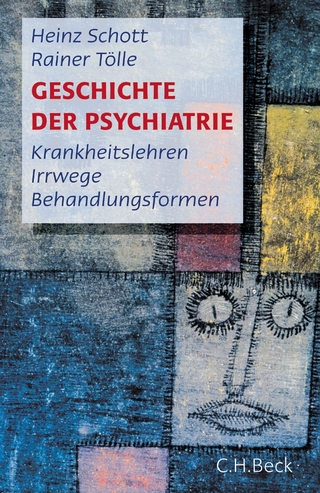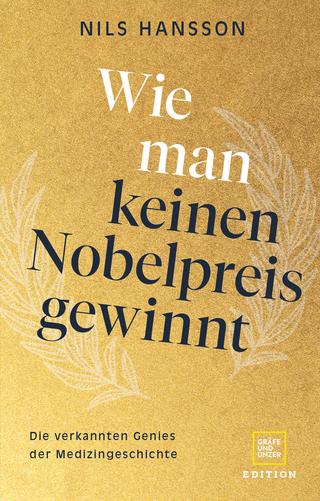
Man and Mouse
Oxford Paperbacks (Verlag)
978-0-19-286146-7 (ISBN)
- Titel ist leider vergriffen;
keine Neuauflage - Artikel merken
This is a new edition of Sir William Paton's robust defence of the use of animals in research. As well as arguing in favour of vivisection, "Man and Mouse" explains fully the role of animal experiments in medical and veterinary research. This expanded edition now includes an extended discussion of the ethical problems surrounding animal experimentation. New material is included on toxicity tests, the history of the escalating violence used by the Animal Liberation Front and other groups, on tetanus, Poliomyelitis, penicillin, and tuberculosis and a study of the link between innovation in the field of drugs and the scale of animal experimentation. This book is intended for general readership, for those involved or interested in the debate about animal experiments (journalists, policy-makers) and for scientists in medical and veterinary research.
Part 1 An old debate in a new context - the nature of the arguement. Part 2 What is included under the word "animal"?: the biological continuum and operational decision; the upper bound - man-animal; the lower bound - vertebrate-invertebrate; discrimination between animals. Part 3 What is an "experiment"?: observation, intervention and analysis; holism; the unknown and the unexpected; "fundamental" and "applied" research. Part 4 The ethical questions: the physiology of pain; the changing issues; consent; Jeremy Bentham on suffering and killing; sentiency, purposiveness, self-enrichment, experimental life; the higher animal vs the "lower" human "incompetent"; superbeings from another planet; animal "rights" and moral worth; some other approaches - the specifically human; the ethical synthesis. Part 5 The benefits of animal experiment: benefit from knowledge - practical benefits and some caveats; benefits to man; cancer; advances in surgery; the change in appearances of human disease; benefits to animals; benefits in tropical medicine; limited experiment and unlimited benefit; the only useful suffering?; the "test of deletion". Part 6 The pattern of discovery: the discovery-benefit lag time; the dangers of preoccupation with benefit; the whole animal as a super detector; individuality and variability; some pessimists. Part 7 Pain, suffering, and the loss of animal life: a possible categorization of pain; suffering; assessment of pain and suffering; the development of skill in analgesia. Part 8 The alternatives to animal experiment: avoidance of unnecessary repetition; use of the non-animal alternative; prediction of biological action from chemical structure; structure-activity relationships; modelling; alternatives - a reductionist philosophy; are alternatives sufficiently used?; the pattern of growth of new remedies; the parallel rise and fall of pharmacopoeial innovation and animal experiment; the alternative of human experiment; some pioneers; pain, circulation and respiration; human survival in hostile conditions; clinical pharmacology. Part 9 Man and mouse: the surface-area rule; the case of penicillin. Part 10 Toxicity testing: general toxicity and the LD50; the fixed-dose procedure; cosmetics, toiletries, and the Draize eye test; irritancy and corrosiveness; allergy and immunotoxicity; teratogenicity; carcinogenesis; is the risk of toxicity enough to justify animal testing?; how safe is safe?. Part 11 Striking the balance: animals in teaching - Pasteur and the "prepared mind"; who is it that is insensitive?; the context of animal experiment; the question of public assurance and public responsibility. Part 12 The future: the three Rs; the depreciation of man?; man and animal, trustee and companion.
| Zusatzinfo | line drawings, bibliography |
|---|---|
| Verlagsort | Oxford |
| Sprache | englisch |
| Maße | 120 x 190 mm |
| Gewicht | 225 g |
| Themenwelt | Medizin / Pharmazie ► Medizinische Fachgebiete ► Medizinethik |
| Studium ► Querschnittsbereiche ► Geschichte / Ethik der Medizin | |
| Sozialwissenschaften ► Soziologie | |
| ISBN-10 | 0-19-286146-8 / 0192861468 |
| ISBN-13 | 978-0-19-286146-7 / 9780192861467 |
| Zustand | Neuware |
| Haben Sie eine Frage zum Produkt? |
aus dem Bereich


